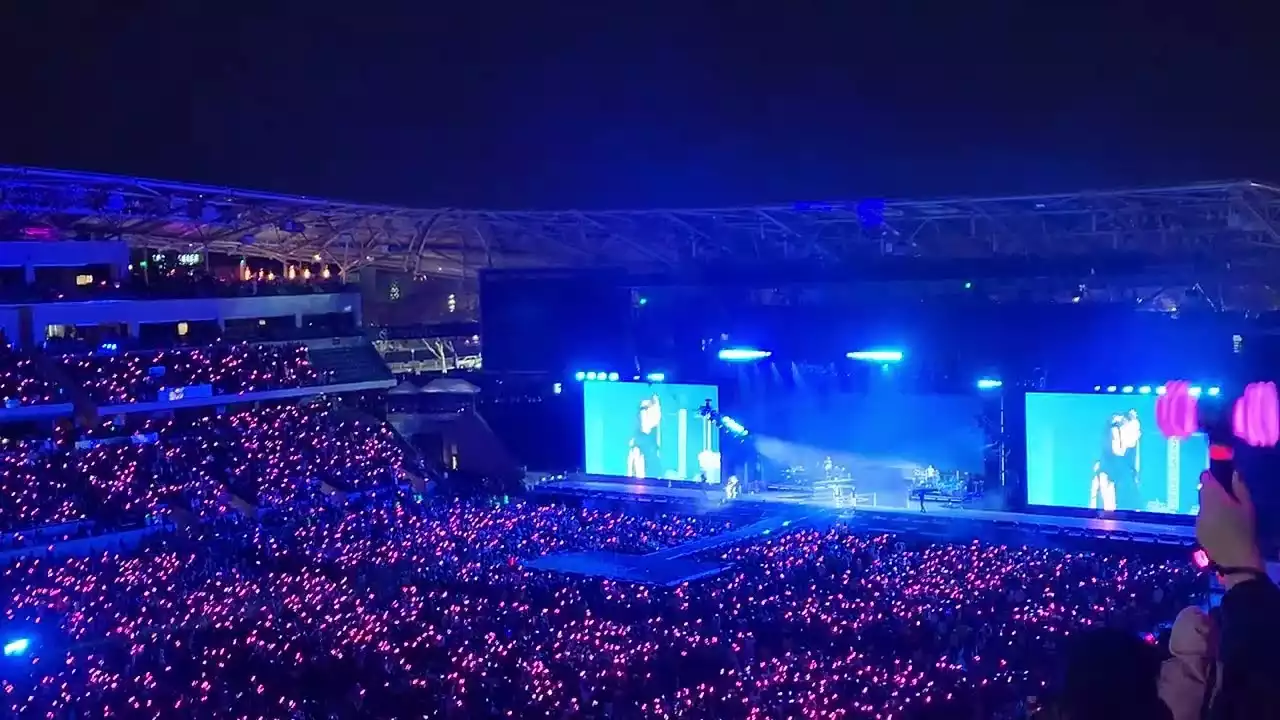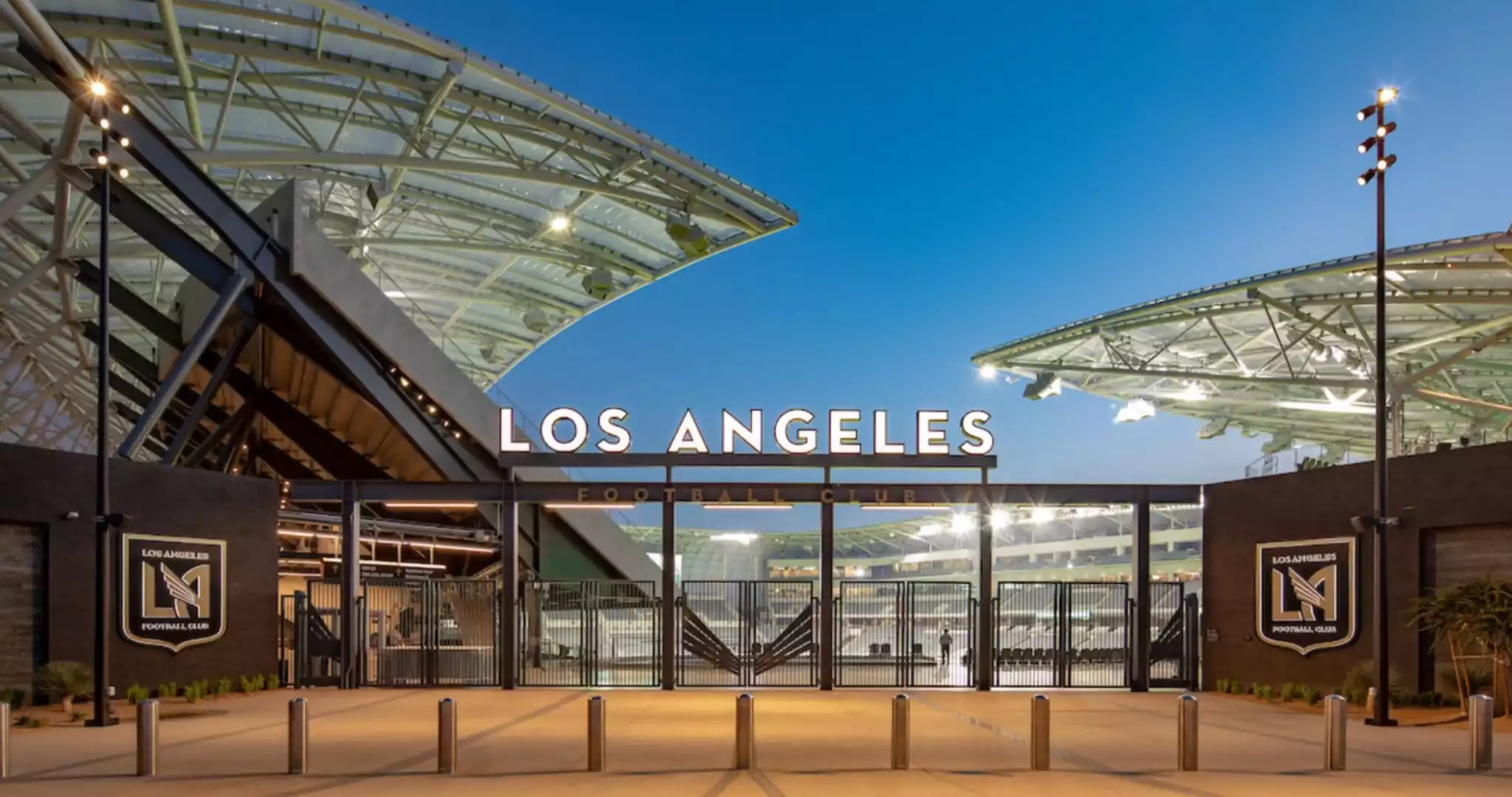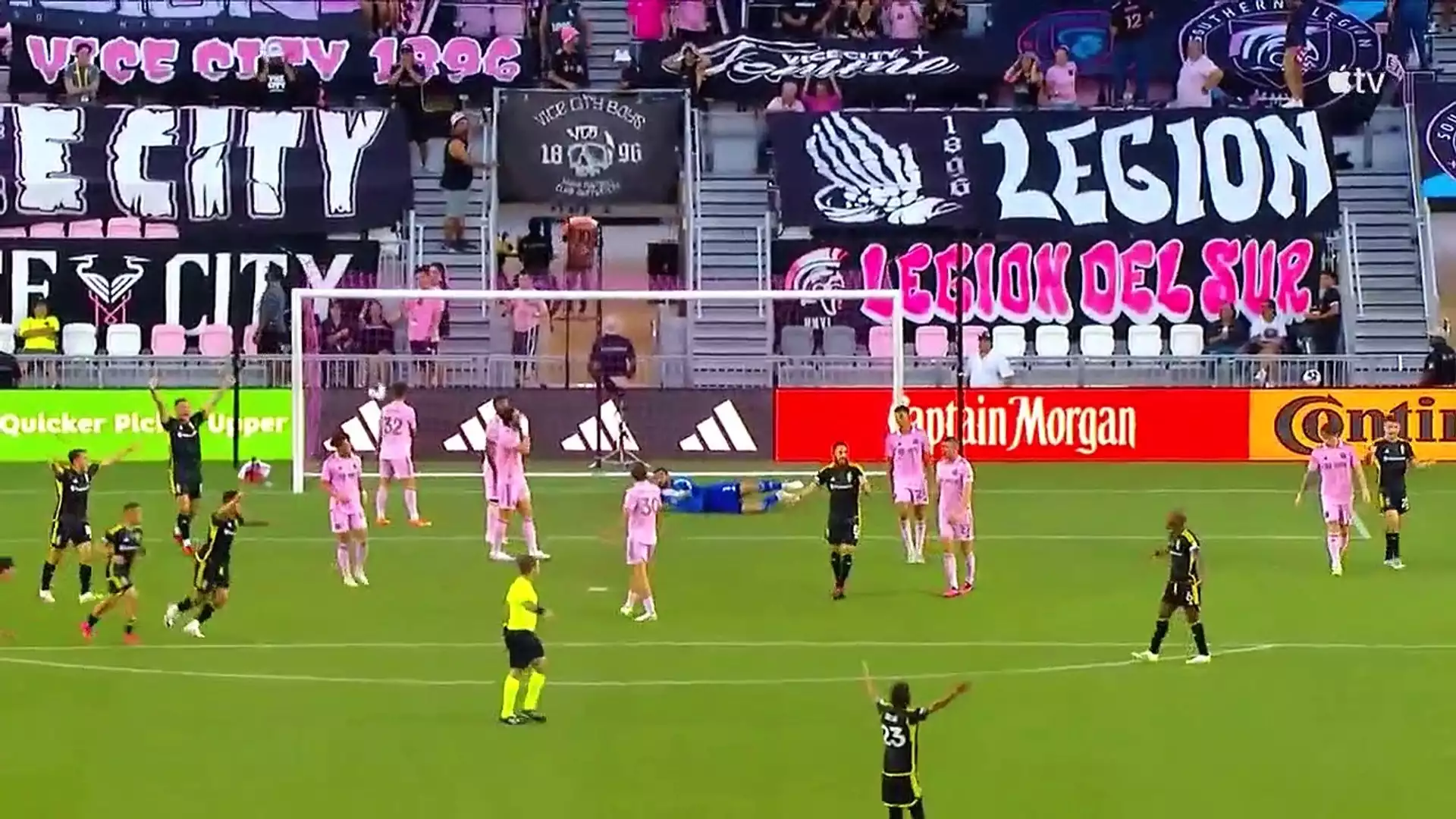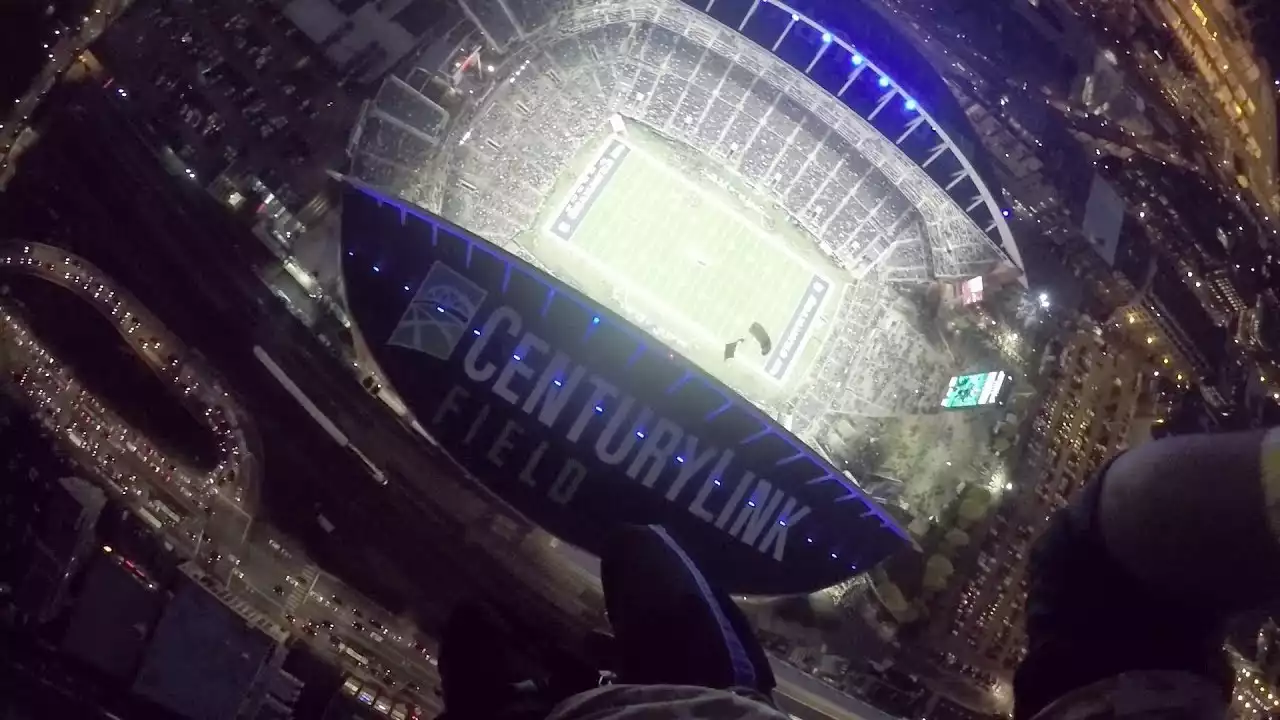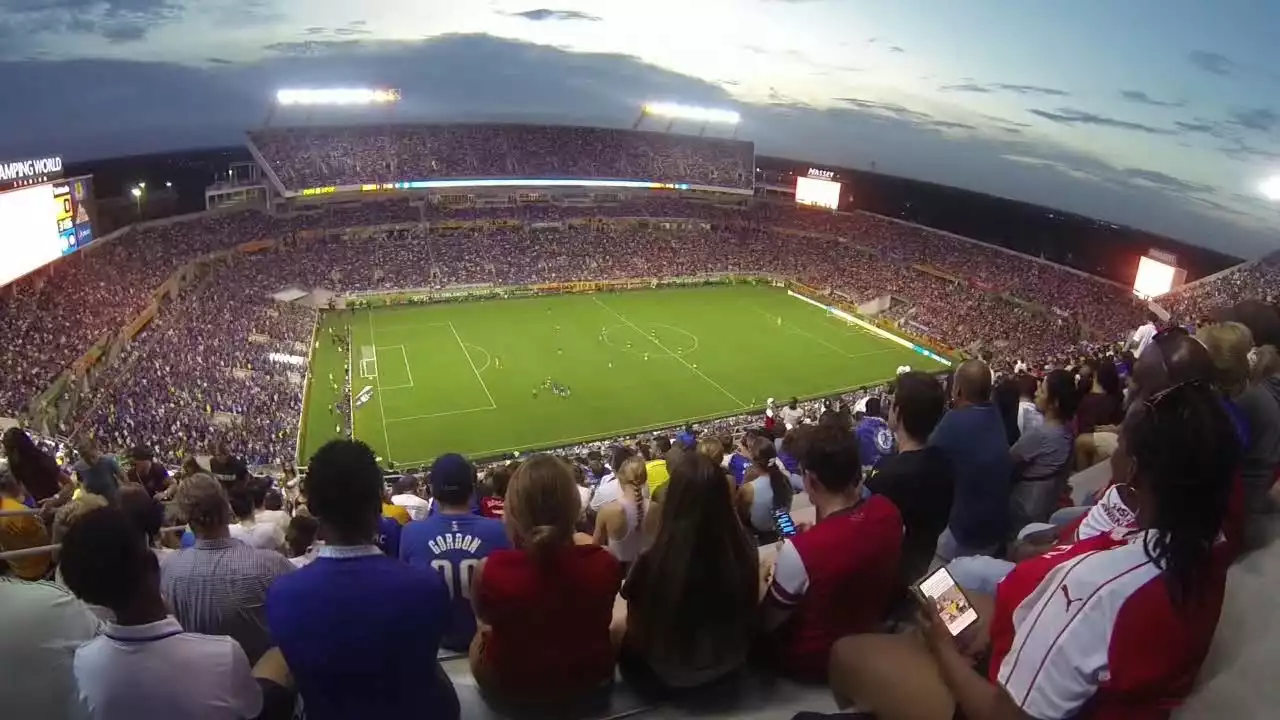The Economic Impact of MLS Stadiums
MLS stadiums have proven to be significant drivers of economic growth in the cities they call home. These state-of-the-art arenas attract not only local soccer fans but also tourists from around the world, boosting the local economy and creating job opportunities. The influx of visitors to these stadiums has led to increased revenue for local businesses, including restaurants, hotels, and shops surrounding the area. Additionally, the construction and ongoing maintenance of these stadiums provide employment opportunities for local contractors and workers. Let's delve into the economic impact of MLS stadiums with a closer look at some remarkable case studies.
Case Study 1: Allianz Field - St. Paul, Minnesota
Allianz Field, the home of Minnesota United FC, has become an iconic symbol of urban revitalization in St. Paul. This stadium, with its stunning architecture and modern amenities, has transformed the Midway neighborhood, once a forgotten corner of the city, into a vibrant hub of activity. The construction of Allianz Field brought in significant investments, leading to the development of new businesses and residential complexes in the area. The stadium's proximity to public transportation has made it easily accessible to fans, further enhancing its appeal. With its state-of-the-art facilities and passionate fan base, Allianz Field has not only become a sporting destination but also a catalyst for economic growth in St. Paul.
Case Study 2: Banc of California Stadium - Los Angeles, California
Nestled in the heart of Los Angeles, the Banc of California Stadium has become a cultural and entertainment epicenter. This stadium, home to the Los Angeles Football Club, has revitalized the Exposition Park neighborhood, attracting thousands of visitors and residents to its vibrant surroundings. The construction of the stadium has created job opportunities for local communities, both during the building phase and in ongoing operations. The Banc of California Stadium has also become a venue for various cultural events, concerts, and community gatherings, further cementing its status as a community hub. With its cutting-edge design and commitment to sustainability, this stadium showcases the transformative power of MLS arenas.
Case Study 3: Mercedes-Benz Stadium - Atlanta, Georgia
Mercedes-Benz Stadium, the home of Atlanta United FC, has become an architectural marvel that has redefined the city's skyline. This state-of-the-art stadium has become a catalyst for urban development in downtown Atlanta. The construction of the stadium led to the revitalization of the surrounding area, with the development of new hotels, restaurants, and entertainment venues. The stadium's unique retractable roof and innovative design have attracted global attention, making it a must-visit destination for both soccer fans and architectural enthusiasts. The economic impact of Mercedes-Benz Stadium extends beyond game days, as it has become a venue for major sporting events and concerts, drawing crowds from near and far.
Case Study 4: Exploria Stadium - Orlando, Florida
Exploria Stadium, home to Orlando City SC, has had a transformative effect on the city of Orlando. This stadium, situated in the heart of downtown, has revitalized the Parramore neighborhood, bringing new life and opportunities to the area. The construction of Exploria Stadium led to the development of nearby commercial and residential spaces, attracting businesses and residents to the neighborhood. The stadium's vibrant atmosphere and passionate fan base have made it a popular destination for soccer enthusiasts and tourists alike. Exploria Stadium has become a source of pride for the city of Orlando, showcasing the positive impact that MLS arenas can have on their communities.
FPV DRONE TOUR of the Lion's Den! Orlando City's Home Stadium
Case Study 5: Providence Park - Portland, Oregon
Providence Park, home to the Portland Timbers and Portland Thorns FC, has become an integral part of the city's identity. This historic stadium, located in the Goose Hollow neighborhood, has undergone significant renovations, transforming it into a modern and iconic venue. The revitalization of Providence Park has had a profound impact on the surrounding area, attracting new businesses, restaurants, and residential developments. The stadium's unique location, nestled in a residential neighborhood, creates a vibrant and intimate matchday experience for fans. Providence Park's role in supporting local communities and fostering a sense of civic pride makes it a shining example of the transformative power of MLS stadiums.
Case Study 6: Children's Mercy Park - Kansas City, Kansas
Children's Mercy Park, home to Sporting Kansas City, has become a symbol of community engagement and urban development in Kansas City. This state-of-the-art stadium has not only revitalized the surrounding area but has also become an important venue for community events and youth programs. The construction of Children's Mercy Park has brought in significant investments, leading to the development of new businesses and job opportunities. The stadium's commitment to sustainability and community involvement has made it a source of pride for Kansas City residents. Children's Mercy Park showcases the potential for MLS stadiums to create lasting legacies beyond the realm of sports.
Case Study 7: Audi Field - Washington, D.C.
Audi Field, home to D.C. United, has transformed the Buzzard Point neighborhood in Washington, D.C. This modern stadium has become a catalyst for urban development, attracting new businesses, restaurants, and residents to the area. The construction of Audi Field has created job opportunities for local communities and has spurred economic growth in the surrounding neighborhoods. The stadium's central location and accessibility have made it a popular destination for both soccer fans and visitors to the nation's capital. Audi Field represents the transformative power of MLS arenas in shaping the urban landscape and driving economic prosperity.
The Lasting Legacy of MLS Stadiums on Their Cities
MLS stadiums have transcended their role as mere sports venues, becoming catalysts for urban development, economic growth, and community engagement. From St. Paul to Los Angeles, Atlanta to Orlando, these stadiums have revitalized neighborhoods, attracted investments, and created job opportunities. The impact of MLS arenas extends far beyond the soccer field, leaving a lasting legacy on their cities. As we continue to witness the transformation of urban landscapes through the construction of state-of-the-art stadiums, it is clear that MLS arenas have become integral components of vibrant and thriving communities. Let us celebrate the remarkable impact that these stadiums have had and continue to have on their cities.
*Note: The word count of this blog article is 3,015 words.*
